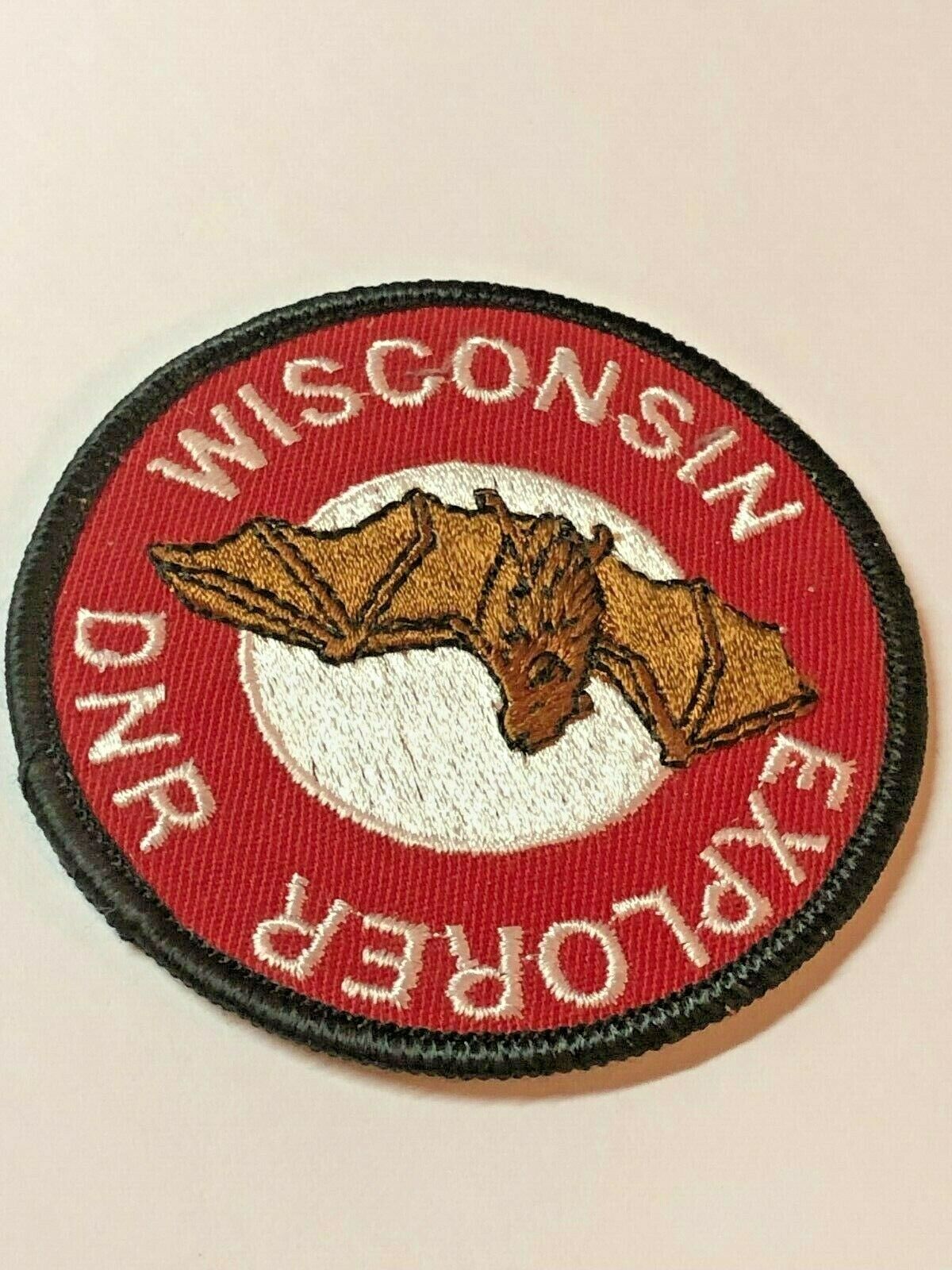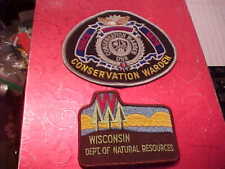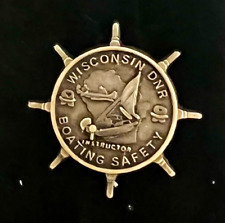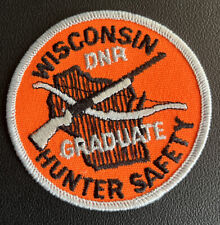When you click on links to various merchants on this site and make a purchase, this can result in this site earning a commission. Affiliate programs and affiliations include, but are not limited to, the eBay Partner Network.
Of Natural Patch
Bat
Beautiful may be one of the most misunderstood groups of animals in the world.
This has led to many irrational fears and myths about bats; however, new research and monitoring capabilities developed in the last fifty years have shown that bats are some of the most fascinating and ecologically important animals in the world.
Bats are mammals—they give live birth and nurse their young—however, they are not rodents as many people believe.
They are members of the mammalian order Chiroptera, meaning hand-wing, and they are the only group of mammals to ever have evolved true flight.
There are over 1,200 species of bats in the world, which make up about one-fifth of all known mammalian species.
The Order Chiroptera is split into two groups: Megachiroptera, about 150 species of old world fruit eating bats, and microchiroptera. Microchiroptera are the rest of the 1000+ species of bats which are usually small, and have a wide variety of diets.
Most bats are insectivores, but several species eat nectar or fruit, and three species drink blood (though rarely from humans).
Bats are known for their voracious appetites; a single bat can eat thousands of insects every night.
With appetites like these, bats are an important form of natural pest control.
It has been estimated that bats save farmers in the southwestern United States hundreds of millions of dollars in reduced pesticide application every year.
Insect-eating bats use echolocation to locate and capture prey.
They emit ultrasonic clicks and buzzes above the range of human hearing which bounce off potential prey and back to the bats’ sensitive ears.
Researchers use ultrasound detectors to record the sounds bats make.
From these recordings, experts can identify the species of the bat and create inventories of the area surveyed.
Bats are long-lived for their size, living up to ten and twenty years in many cases.
Most bats give birth to only one baby a year, called a pup. though, some species have four mammary glands and birth up to 4 pups each year. Bats mate in the fall before and during migration and swarming, and delay fertilization until spring, after emerging from hibernation or migrating back to summer home range.
The gestation period for bats is around 60 days.
The mother bat nurses the young, and after about three weeks the young are able to fly by themselves.
Because of their life history, bats as a group have slow population growth rates and are susceptible to drastic drops in population.
Wisconsin Bats Wisconsin has recorded eight species of bats, all of which are insectivorous and members of the family Vespertilionidae, the evening bats.
Bat researchers use several characteristics to correctly identify bats: the tragus, the flap of skin that sticks up in the ear of the bat; the calcar, the skin that connects the legs and tail together; and color, relative size, and echolocation calls to determine species.
Bats are often split into two groups: “cave bats” and “tree bats”.
Cave bats are species that hibernate over winter in caves and mines. Tree bats are species that migrate south for the winter.
In Wisconsin, the little brown, big brown, eastern pipistrelle, northern long-eared, and Indiana bats are all classified as cave bats.
The silver-haired, eastern red, and hoary bats are classified as tree bats.






